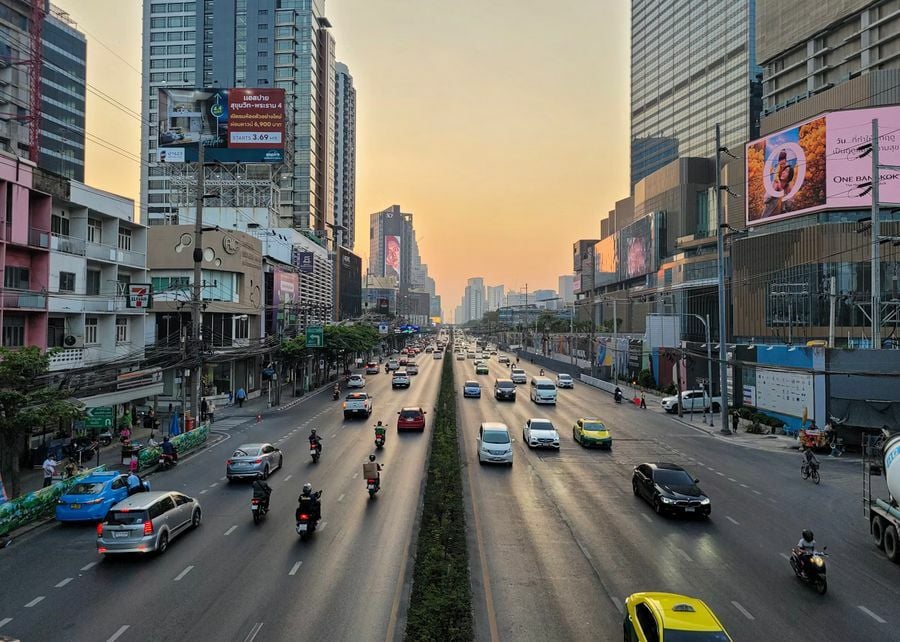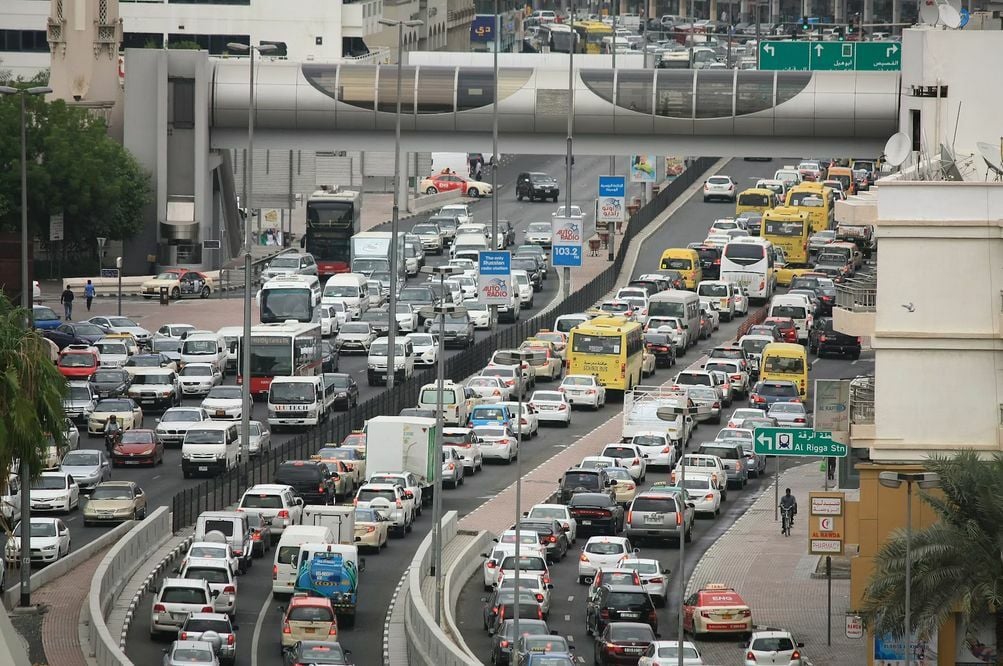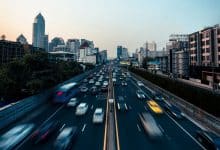How to improve traffic management in Thailand

Thailand’s bustling streets are a testament to its vibrant culture, but they also highlight a pressing issue: traffic management. Legislation plays a crucial role in enhancing road safety. By leveraging data on speed, helmet, and seatbelt use, local agencies can identify gaps in existing laws and regulations. Strengthening these laws based on comprehensive data would create safer roads for everyone. Effective traffic management in Thailand is achievable through a combination of infrastructure improvements and robust legislative action.
Traffic conditions in Thailand
Traffic situation in the country
Thailand’s traffic is characterised by significant congestion and high accident rates. The country reports a considerable number of road traffic fatalities, with around 700 pedestrian deaths annually. Major cities, especially Bangkok, experience extensive traffic jams. Key factors include insufficient public transportation, reckless driving, and poor road conditions. Furthermore, the lack of coordination among various agencies compounds traffic management challenges.
How traffic management affects the overall situation
Effective traffic management in Thailand can significantly reduce congestion and accidents. Measures include improved infrastructure, such as drive-thru facilities and more parking garages. Implementing parking meters can streamline traffic flow and generate revenue. Coordinated efforts among government agencies are crucial. Proper legislative action, based on data, can identify and address gaps in existing laws. Effective traffic management leads to safer roads, fewer accidents, and a better quality of life.
Importance of good traffic management

Economic implications
Effective traffic management in Thailand can significantly reduce economic loss. Road accident-related deaths and injuries amount to about four billion baht annually. Each case costs around six million baht. Improved traffic systems can alleviate these financial burdens. Easing congestion also enhances productivity. Time lost in traffic translates to economic losses for businesses and individuals alike.
Health and safety
Good traffic management is very important for keeping people safe. Every year, about 700 pedestrians die in road accidents. Lowering speed limits can really make a difference. When different agencies work together, they can boost emergency responses and prevention strategies, making roads safer for everyone.
Environmental impact
Reducing traffic congestion can benefit the environment. Idling vehicles produce more emissions. Smoother traffic flow decreases pollution levels. Traffic management systems can optimize traffic light timings to reduce stop-and-go driving, cutting down on emissions. Promoting alternative transportation, like cycling and public transit, also lowers the environmental footprint.
The need for good traffic management in Thailand
Thailand’s road conditions necessitate effective traffic management. Rapid urbanisation and high vehicle density contribute to congestion and accidents. Coordinated management among government bodies is crucial. Implementing solutions like more parking meters and drive-thru facilities can help. Proper traffic management improves safety and efficiency, ensuring better roads for all.
Strategies for good traffic management in Thailand

Incorporate technology solutions for traffic control
Effective traffic management in Thailand relies on integrating technology. Intelligent traffic systems (ITS) can monitor and manage traffic flow in real-time. Smart traffic lights adapt to changing conditions, reducing congestion. Mobile applications can provide drivers with live updates, suggesting optimal routes. Automating traffic signal control improves efficiency and reduces human error, significantly enhancing road safety.
Promote adherence to traffic regulations
We really need to stick to traffic rules to stay safe. Spreading the word through awareness campaigns can help people understand why these rules matter. Regular checks and fines for breaking the rules keep people in line. Clear signs and road markings make it easier to follow the rules. Schools and driving schools should teach the importance of traffic laws, so everyone grows up respecting them.
Importance of urban planning and infrastructure development
Urban planning has a big effect on how we handle traffic. Adding more roads and special lanes for buses and stuff can really help with traffic jams. Making areas pedestrian-friendly means fewer cars on the road. Putting up multi-level parking garages in busy spots can stop people from parking illegally. Adding green spaces and bike lanes gives people options other than driving, which helps reduce traffic too.
Strong traffic enforcement measures
Enforcement is crucial for effective traffic management in Thailand. Police presence in high-risk areas can deter reckless driving. Employing radar and speed cameras helps monitor and control speeding. Establishing checkpoints ensures compliance with vehicle safety standards. Training programs for police officers can enhance their ability to manage traffic effectively, ensuring safer roads for everyone.
Case studies of effective traffic management

Lessons learned and how they can be applied
The success of the BTS Skytrain teaches several lessons. First, investing in efficient public transport can significantly reduce road congestion. Second, integrating technology, such as ITS, can optimise traffic flow. These approaches can be replicated in other Thai cities facing similar traffic woes. Moreover, public awareness campaigns highlighting the benefits of public transport and technological solutions encourage adoption and adherence.
Case studies from other countries
Singapore’s traffic management system stands as an exemplary model. The city-state introduced the Electronic Road Pricing (ERP) system, which dynamically adjusts charges based on traffic conditions. This system has effectively managed congestion and promoted use of public transport. In London, the Congestion Charge Zone has had remarkable success in reducing traffic volumes in central areas. These international examples show that strategic planning and leveraging technology can greatly enhance traffic management.
Latest Thailand News
Follow The Thaiger on Google News:


























